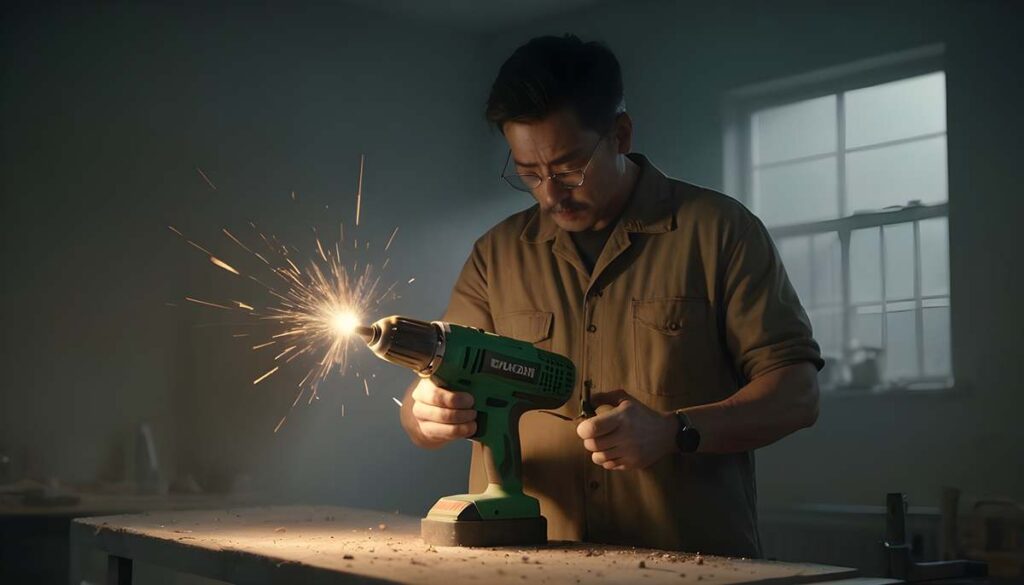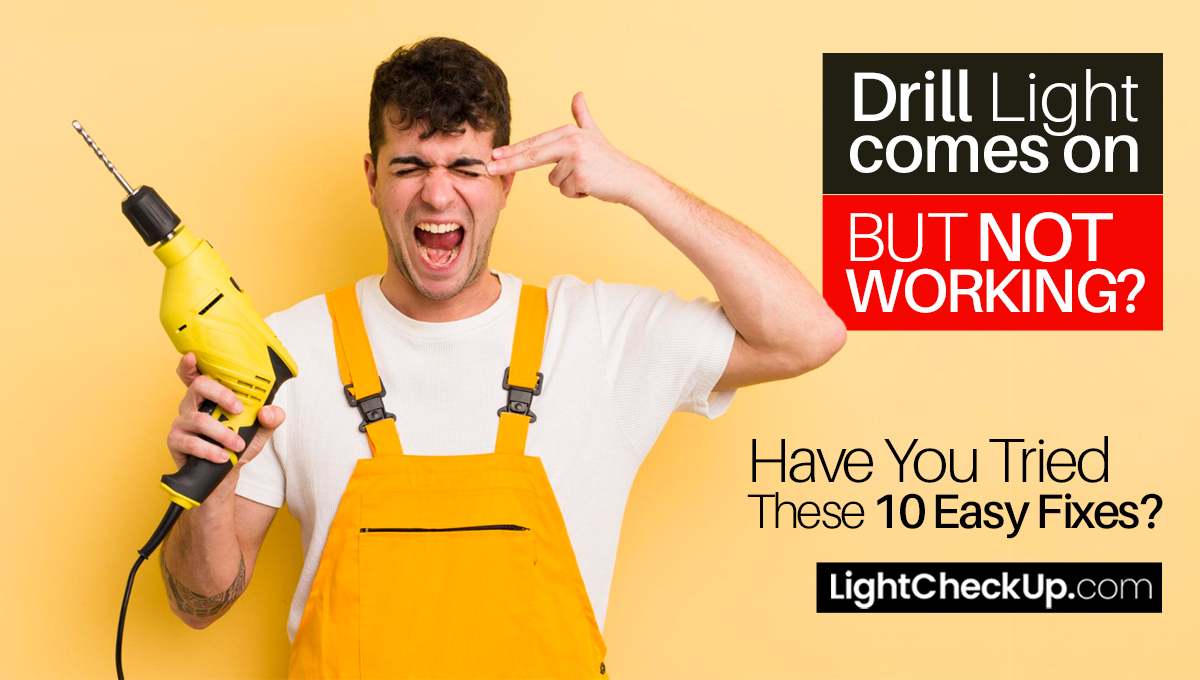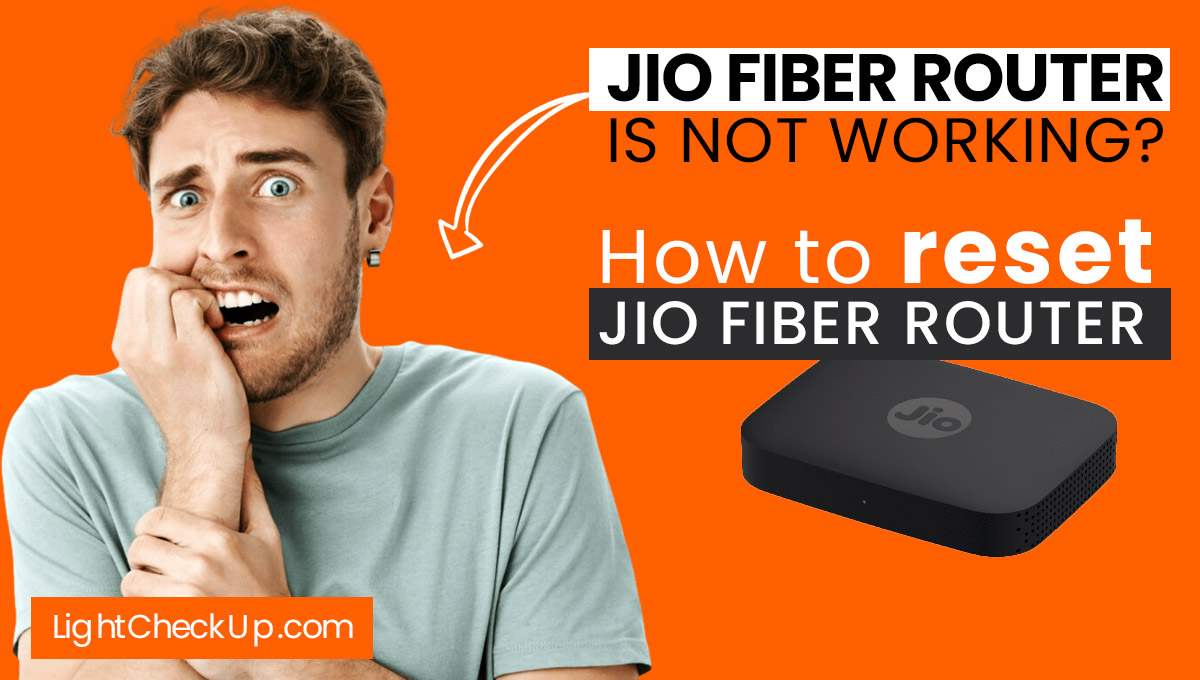You know how frustrating it is when your drill light comes on but not working? I know you are worried about why your power drill has stopped working? It doesn’t matter if you use a Bosch, Milwaukee, hammer drill, cordless drill, Dewalt, Makita, or any other brand.
You might wonder, Why won’t my Ryobi electric drill turn? Or what part of an electric drill most commonly fails?
Before you buy a replacement drill, there are several simple solutions to get your trusty tool up and running again.
This guide will walk you through 10 easy fixes for your drill light comes on but not working problem. This will help you diagnose the problem and get back to work.
Why your power drill has stopped working?
I’ve gathered a few common problems when the drill light comes on but not working.
Power source issue:
Drill with cord: Damaged cord, faulty outlet, tripped breaker, blown fuse.
Batteries are dead, chargers are faulty, and battery contacts are dirty on cordless drills.
Internal Malfunctions:
Worn carbon brushes, faulty switch, malfunctioning motor, loose connections, damaged gears.
The chuck was not tightened properly, jammed a bit and overheated.
10 easy ways to fix drill light comes on but not working
We have solutions for every cause, but some may require removing the drill, which can be difficult and not recommended unless you’re comfortable with it.
Here is a summary of the possible causes and solutions listed in the document:
Battery issues:
Ensure the battery is charged and properly inserted. If the battery is dead, charge it. If the battery is faulty, replace it.
How to replace battery? I have outlined the common steps for most drill machine battery replacements.
- Locate the battery release latch. This is usually a button or lever on the drill’s back.
- Press the battery release latch. You’ll be able to remove the drill’s battery this way.
- Slide the battery out of the drill.
- Insert the updated battery into the drill. Make sure the battery is aligned correctly and clicks into place.
- Test the drill to make sure it works properly.
If you’re still having trouble, consult the drill manual or contact company customer support for assistance.
Chuck’s problem:
Make sure the chuck is tightened securely around the drill bit. If the chuck is damaged, it may need to be replaced.
There are two main types of chuck problems in drills: grip and runout.
- Grip: A loose chuck won’t hold drill bits securely, causing them to slip. You could strip the bit, damage the material, or even get hurt.
- Runout: If the chuck isn’t perfectly centered, the drill bit will wobble as it spins, resulting in uneven holes.
Wear and tear on chuck parts, improper tightening, or debris buildup are all potential causes of these problems.
Charger problem:
Drill light comes on but not working? Replace the charger if it’s faulty. If it’s faulty, try a different charger.
Torque troubles:
Ensure you’re using the right torque setting for the job. A malfunctioning torque clutch may need to be repaired or replaced by a pro.
Faulty trigger:
You can clean the trigger contacts with compressed air if the trigger is stuck or doesn’t respond. If that doesn’t work, a professional can replace the trigger switch.
A faulty trigger in a drill machine prevents the drill from turning on or responding properly to pressure.
- Trigger stuck: You might not be able to pull it because it’s physically stuck.
- Unresponsive trigger: The drill doesn’t move when you pull the trigger.
- Variable speed issues: The trigger on variable speed drills might not work right.
There are several reasons why a trigger might fail. Some of them are worn contacts, internal switch damage, or debris buildup. While cleaning might help, replacing the trigger switch is often necessary.
Loose connections:
Drill light comes on but not working? Open the drill housing (consult your drill’s manual for instructions) and check for loose wires. Tighten any loose connections.
Armature problems:
Armature problems typically require professional repair or replacement.
Broken magnets:
Broken magnets in a drill are a serious issue that compromises its core functionality. The motor needs these magnets to rotate because they generate force. It’ll make the motor inoperable if it’s broken.
Broken magnets typically require professional repair or replacement.
Worn carbon brushes:
It’s time to replace your carbon brushes because they wear out over time. You can usually replace carbon brushes yourself following the instructions in the drill manual.
A worn carbon brush is a small graphite contact that transfers electricity. They wear down from friction over time.
You can replace worn carbon brushes yourself. Here’s a simplified guide:
- Make sure you follow the instructions in your drill’s manual to replace the brushes.
- You’ll need to remove screws to open the brush housing.
- Look for significant wear on the brushes.
- Follow the manual’s instructions to install new brushes.
- Put the drill back together and test it.
Remember, it’s crucial to use replacement brushes specifically designed for your drill model.
Reverse switch stuck in the middle position:
You can try gently moving the reverse switch if it’s stuck. If it’s damaged, it may need to be replaced.
You can try these things to fix a stuck reverse switch:
- Gently move the switch back and forth: Sometimes, applying slight pressure can dislodge stuck debris.
- Clean the switch with compressed air: This might remove dust or small particles causing the issue.
You can try these solutions if your drill light comes on but not working issue. Check with a professional if it still doesn’t work.
Read Also: How To Relight A Gas Furnace Pilot Light? Have You Tried 4 Effective DIY Steps?
What part of an electric drill most commonly fails?
In electric drills, the most common failure points depend on the drill quality and usage patterns. Two parts consistently rank high:
Carbon brushes: They transfer electricity to the motor and wear out over time. Regular use and overloading the drill can accelerate wear.
Chuck: It holds the drill bit and gets stressed by constantly opening, closing, and gripping it. It’s easy for chucks to fail early if they’re low-quality.
While these parts are common culprits, other components like switches, batteries, and even the motor itself can also fail depending on various factors.
Read Also: Don’t Ignore These Signs Of Bad Ballast: How To Identify Potential Issues

Why won’t my Ryobi electric drill turn?
You might not be able to turn on your Ryobi electric drill, even if the light is on.
Power source issues:
Make sure the cord isn’t damaged, the outlet is working, and there aren’t any tripped breakers or blown fuses.
Make sure the battery is charged and inserted properly. If needed, try a different battery.
Internal problems:
A malfunctioning trigger switch might be stuck, unresponsive, or have faulty components. There could be loose connections inside causing disruptions.
Other factors:
Make sure the chuck holds the drill bit securely. The motor can’t rotate if a bit is stuck.
If these initial checks don’t solve the problem, consulting the Ryobi manual or seeking professional help is recommended for further diagnosis and potential repairs.
Read Also: LED Light Engine Replacement: A Quick And Easy Fix
In conclusion, when your drill light comes on but not working, try these troubleshooting steps.
These easy fixes can save you money and time by avoiding the need to buy a new drill. You’ll be able to figure out the problem if you follow these steps, so you can get back to work with it in no time.








